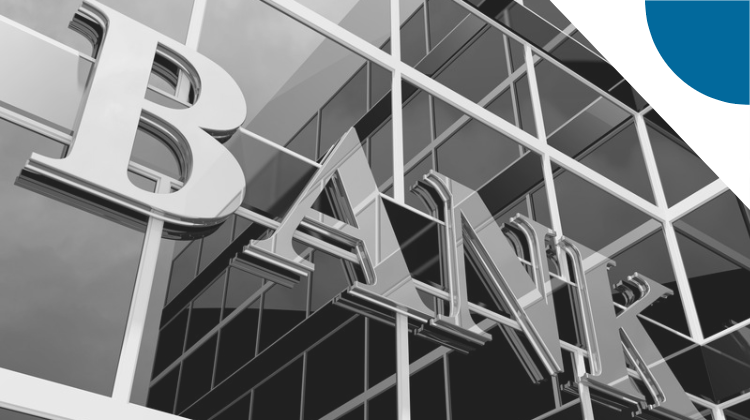Banking
Demystifying digital accessibility programs in financial services: A story about Capital One
- Accessibility is a moral no-brainer, but it can be difficult to carve out a strategy for financial services that have significant digital footprints.
- Capital One's story offers a possible roadmap. Here is how the financial institution built one of the best accessibility programs in the industry.








